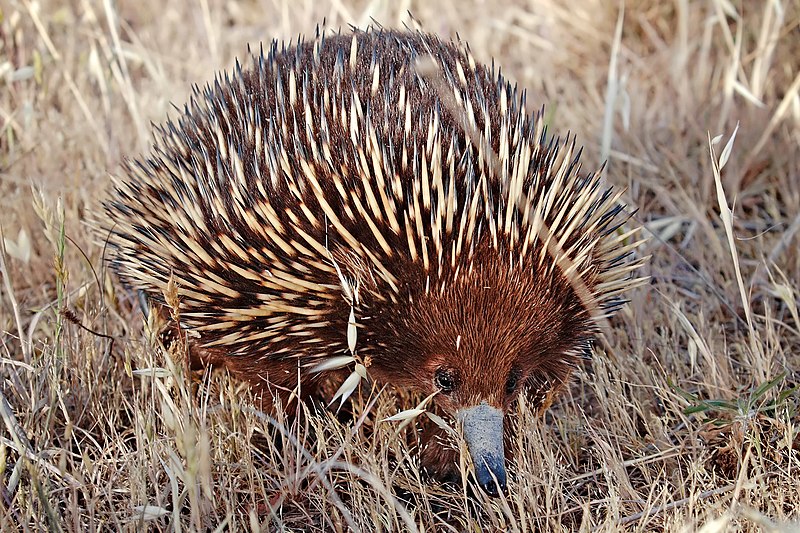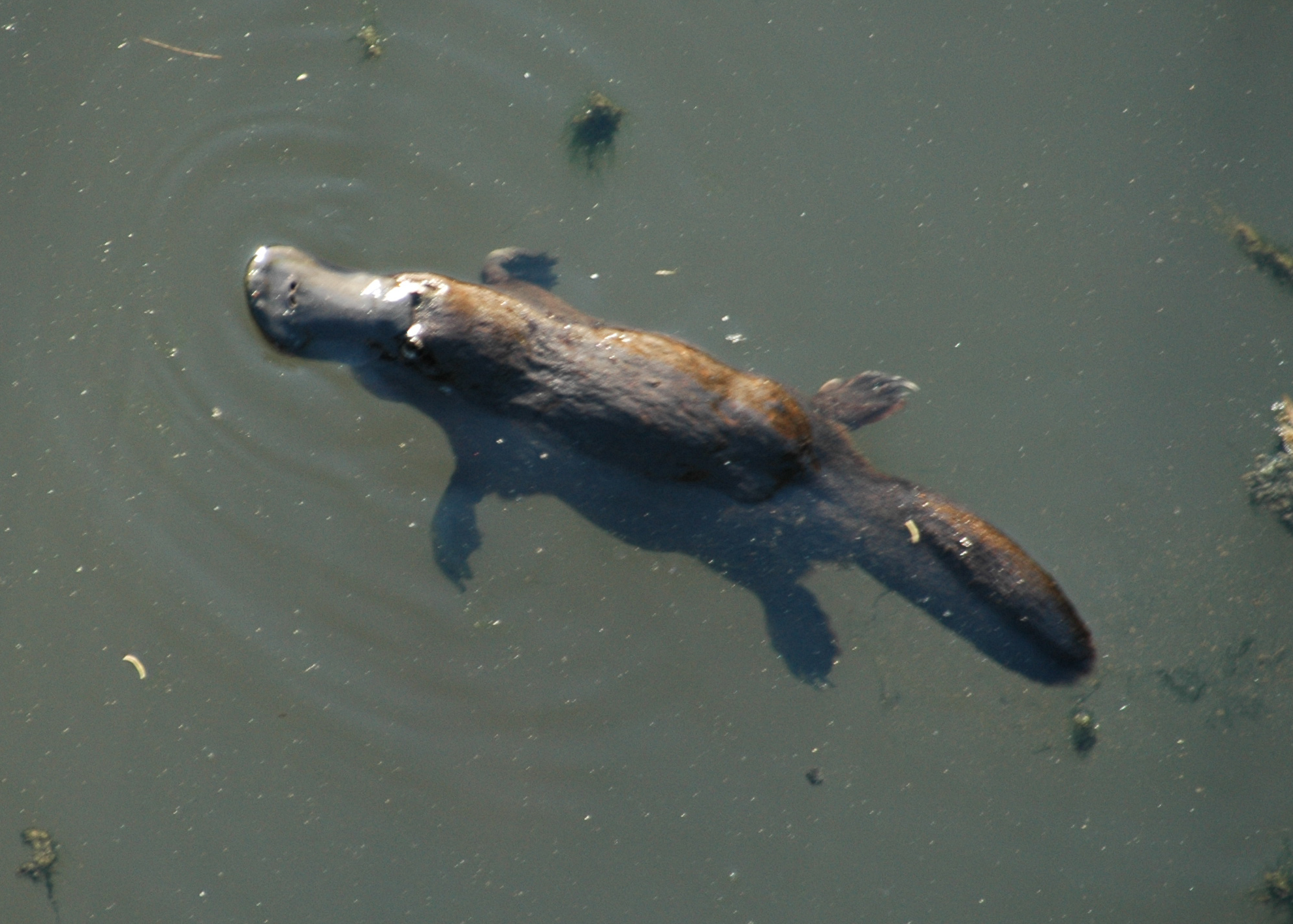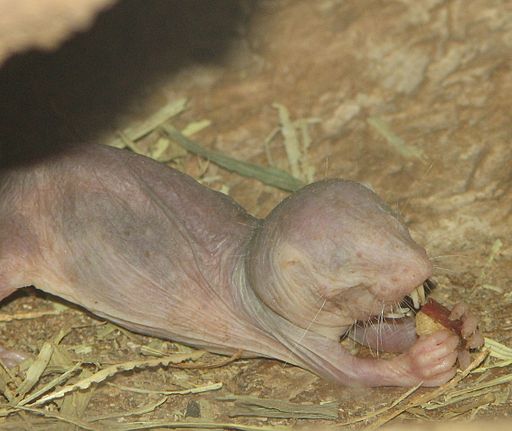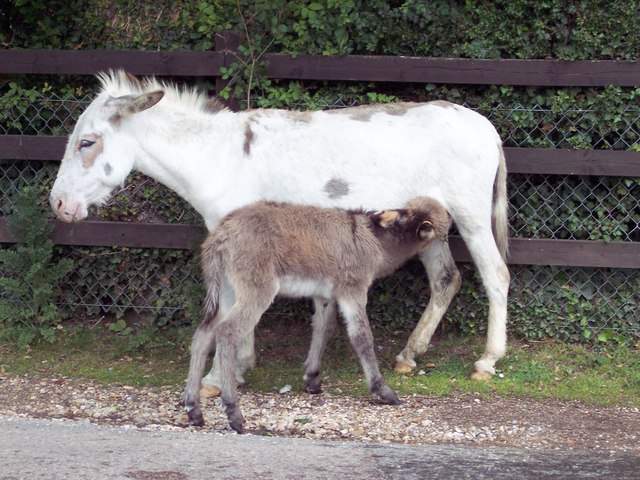A curious story, with an awesome response.
Background:
Cross-Posting from PandasThumb
Earlier this year I was invited to contribute to
PandasThumb, and have been cross-posting for awhile. It is a great group of bloggers, scientists, and the comments sections are often very engaging (go
check it out!). A few months ago PandasThumb was approached by a Blog Editor named Ofek about contributing content to a blog at biology-online (note, don't waste your time checking it out, please). None of us had heard of biology-online, and we were skeptical that there were no other contributors, but Ofek assured us they were restarting after a hiatus, and were looking forward to getting a variety of contributors. After some internal discussion some of us agreed to post there. Despite some administrative annoyances (not being able to cross-post immediately), it didn't feel like it would be much of a burden, and might gain PandasThumb increased traffic.
Biologist and Hip Hop Maven @DNLee5
I met Dr. DNLee (go follow her on twitter @DNLee5, right now) at a conference about communicating science, specifically evolution, between scientists and the media. From that short time I concluded that she is smart, funny, and direct, but also patient, and not prone to exaggeration. Since then, I routinely read her blog, and have chatted with her about research. She's good people.
How not to respond.
Ofek also contacted DNLee about contributing to biology-online. After she declined, he called her a whore. Below is the story, and response in her words. DNLee's response is awesome, and full of encouragement. It was originally posted at
Scientific American, but removed, then posted by
Isis the Scientist, and now here, and hopefully everywhere.
Neither I nor PandasThumb will contribute to biology-online.
———————————————————————————
By DNLee
———————————————————————————–

wachemshe hao hao kwangu mtapoa
I got this wrap cloth from Tanzania. It’s a khanga. It was the first khanga I purchased while I was in Africa for my nearly 3 month stay for field research last year. Everyone giggled when they saw me wear it and then gave a nod to suggest, “Well, okay”. I later learned that it translates to “Give trouble to others, but not me”. I laughed, thinking how appropriate it was. I was never a trouble-starter as a kid and I’m no fan of drama, but I always took this 21st century ghetto proverb most seriously:
Don’t start none. Won’t be none.
For those not familiar with inner city anthropology – it is simply a variation of the Golden Rule. Be nice and respectful to me and I will do the same. Everyone doesn’t live by the Golden Rule it seems. (Click to embiggen.)
The Blog editor of
Biology-Online dot org asked me if I would like to blog for them. I asked the conditions. He explained. I said no. He then called me out of my name.
My initial reaction was not civil, I can assure you. I’m far from rah-rah, but the inner
South Memphis in me was spoiling for a fight after this unprovoked insult. I felt like Hollywood Cole, pulling my A-line T-shirt off over my head, walking wide leg from corner to corner yelling,
“Aww hell nawl!” In my gut I felt so passionately
:”Ofek, don’t let me catch you on these streets, homie!”
This is my official response:
It wasn’t just that he called me a whore – he juxtaposed it against my
professional being:
Are you urban scientist or an urban whore? Completely dismissing me as a scientist, a science communicator (whom he sought for my particular expertise), and someone who could offer something meaningful to his brand.What? Now, I’m so immoral and wrong to inquire about compensation? Plus, it was obvious me that I was
supposed to be honored by the request..

After all, Dr. Important Person does it for free so what’s my problem? Listen, I ain’t him and he ain’t me. Folks have reasons – finances, time, energy, aligned missions, whatever – for doing or not doing things. Seriously, all anger aside…this rationalization of working for free and
you’ll get exposure is wrong-headed.
This is work. I am a professional. Professionals get paid. End of story. Even if I decide to do it pro bono (because I support your mission or I know you, whatevs) – it is still worth something. I’m simply
choosing to waive that fee. But the fact is
I told ol’ boy No; and he got all up in his feelings. So, go sit on a soft internet cushion, Ofek, ’cause you are obviously all butt-hurt over my rejection. And take heed of the advice on my khanga.

You don’t want none of this
Thanks to everyone who helped me focus my righteous anger on these less-celebrated equines. I appreciate your
support, words of encouragement, and offers to
ride down on his *$$.























